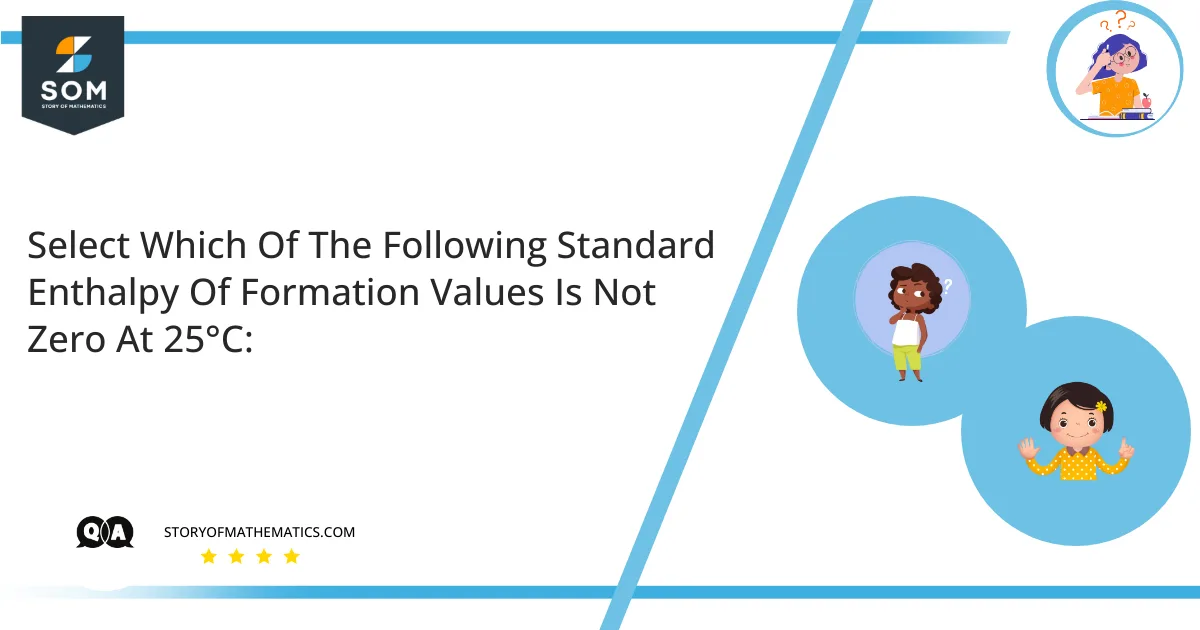
– Na(s)
– CH_4(g)
– H(g)
– Hg(l)
– Ne(g)
– S_8(rhombic)
This question aims to find out which of the above-mentioned elements/compounds has the standard enthalpy value not equal to zero at the given temperature. We will check if the given elements/compounds are in their standard state or not, after which we will define if their Standard Enthalpy of Formation is zero or not.
The Standard Enthalpy of Formation, also called the Standard Heat of Formation, is defined as the change in enthalpy when
The symbol for the standard enthalpy of formation is
Expert Answer:
The standard enthalpy of formation for a pure element in its reference form is zero as there is no chance involved in their formation. For example, the standard enthalpy of the formation of Carbon in graphite form is zero.
First, we will define the standard forms of the above-mentioned elements:
- Sodium
- Methane
- Hydrogen
- Mercury
- Neon
- Sulfur
For the given elements, the following is their Standard Enthalpy of Formations.
a.
b.
c.
d.
e.
f.
Numerical Results
With this, the standard enthalpy of formation values for
Example:
Which of the following standard enthalpy of formation is not zero?
Solution
The correct option is D –
As we now know, the standard enthalpy of formation for an element in its elemental state will always be
Hence,
